-
Come Follow Me Currculum, Doctrine and Covenants, Latter-day Saint Thought, Poetry, SS Lesson – Doctrine and Covenants
•
•

What do we mean when we talk about ‘Fulness’? The Come Follow Me lesson for this week, covering D&C 93, suggests that it’s related to exaltation—but I’m not sure that we know exactly what exaltation is either. ‘Fulness’ suggests some kind of completeness or satiation—we will have everything we need, and maybe everything we should want. But again this is kind of vague. I suspect that the problem with understanding these terms lies in their eternal nature. Our understanding of these hereafter itself is at best very incomplete. Perhaps the principal thing we can say is that it’s the life… Read More
-
•
•
3 responses
Eduardo Balderas is an often-overlooked figure who made tremendous contributions to The Church of Jesus Christ of Latter-day Saints. In a recent interview at the Latter-day Saint history blog From the Desk, biographer Ignacio Garcia shared some insights into who Balderas was. Read More
-
•
•
11 responses

Religiously speaking I have a weird CV. I may be one of the few people who has taught a class at all three of the major religious plus universities: BYU, Catholic University of America, and Baylor University (although you could include Yeshiva University in this list, and while I’ve done research with a Yeshiva U professor I haven’t taught a class there). I’ve been at conferences when people have badmouthed Baptists only to see my Baylor affiliation, putting me in the strange position of feeling defensive and offended for a religion I don’t subscribe to, and I have done so… Read More
-
•
•
6 responses
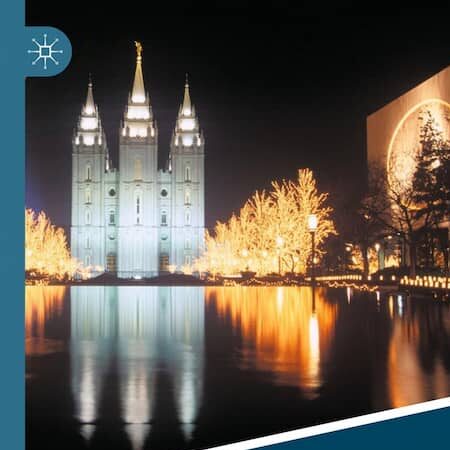
The Palgrave Handbook of Global Mormonism, edited by R. Gordon Shepherd, A. Gary Shepherd, and Ryan T. Cragun, is a landmark anthology that shifts the center of gravity in Latter-day Saint scholarship from a nineteenth-century, Utah-centric narrative to a nuanced, data-rich exploration of Mormonism as a global religious tradition. With 31 chapters contributed by 42 scholars, the volume offers a comprehensive portrait of a faith that now claims nearly 17 million members in close to 190 countries. Read More
-
•
•
36 responses
I mentioned in some comments in previous posts about having a different view of church leadership that I called a “caretaker model,” or seeing the leaders more as caretakers of Joseph Smith’s program and revelations. There’s a lot to this, so I thought I’d give a little overview of bullet points, and perhaps I’ll blog more about some of these if the conversation heads in any of these directions. Read More
-
Come Follow Me Currculum, Doctrine and Covenants, Latter-day Saint Thought, Poetry, SS Lesson – Doctrine and Covenants
•
•

Most of the time when we hear the phrase “A Principle with Promise,” we think of D&C Section 89 and the promise that we can “run and not be weary.” However, some kind of promise is associated with every gospel principle—there is at least one consequence that accompanies every principle, and the accompanying consequences follow obeying the principle. Does anyone doubt that maintaining good health can allow us to ‘run and not be weary?’ Read More
-
•
•
6 responses
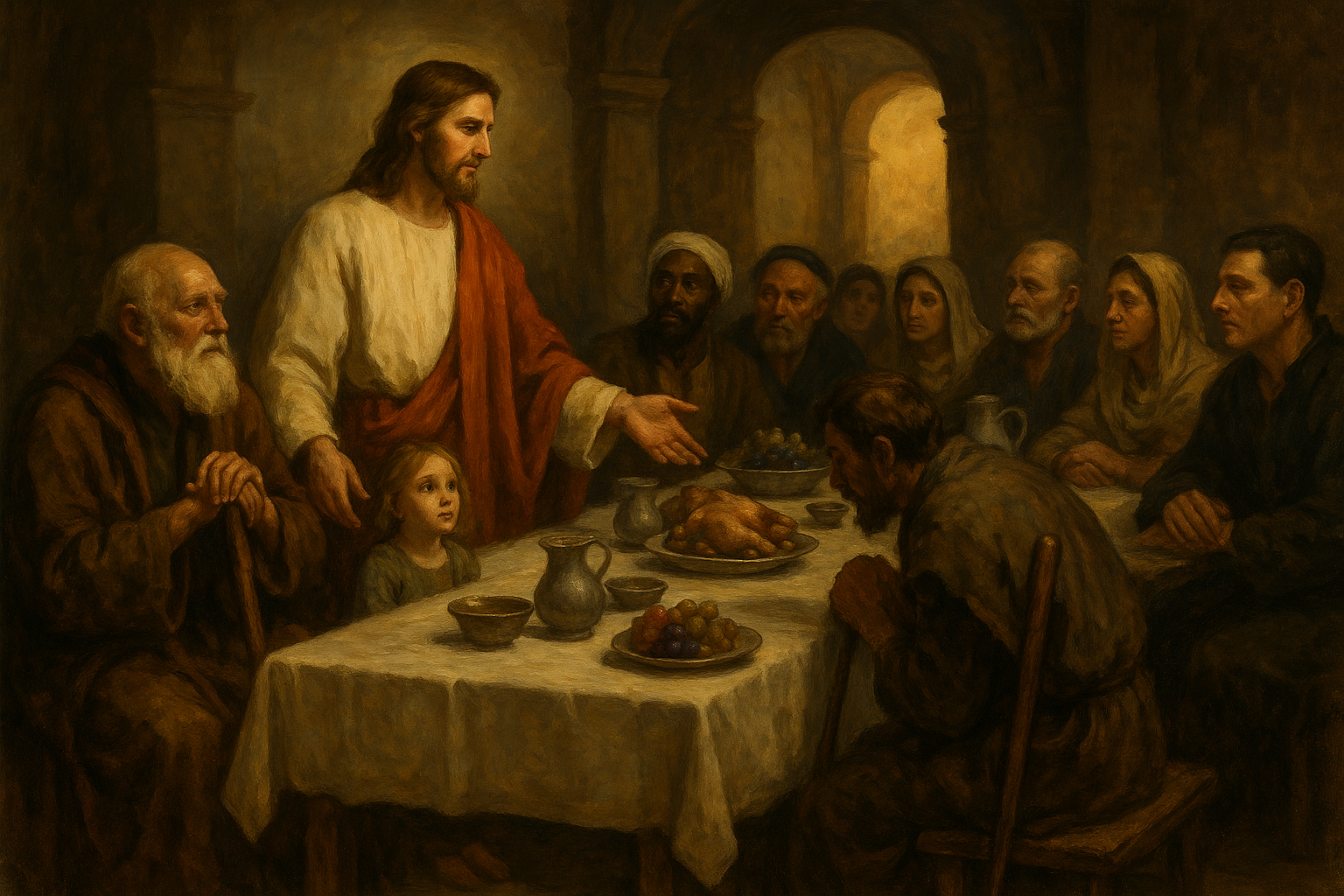
On our missions a lot of us gave lessons to some professor or such and were excited at the prospect of a well-thought out, high powered intellectual convert. And we’re not the only ones, I suspect Catholics love to talk about John Henry Newman for this reason. The idea, especially for them, is that you can logically demonstrate the truthfulness of one’s faith from first principles, so an intellectual convert provides evidence for that, or at least scores extra “plausibility structure” points. We see a version of this with other virtues as well. We like it when cool or accomplished… Read More
-
•
•
6 responses
Section 87 of the Doctrine and Covenants is a curious document. It is a revelation Joseph Smith received on December 25, 1832 that foretold a war beginning with the rebellion of South Carolina, spreading to conflict between the Southern and Northern U.S. states, drawing in foreign powers, sparking slave uprisings, and culminating in global calamities including famine, disease, and widespread suffering. Early Latter-day Saints viewed this as proof of Smith’s prophetic authority. Today, however, the prophecy is mostly used by church leaders to encourage members to “stand in holy places” amid trials. In a recent interview at the Latter-day Saint… Read More
-
•
•
9 responses
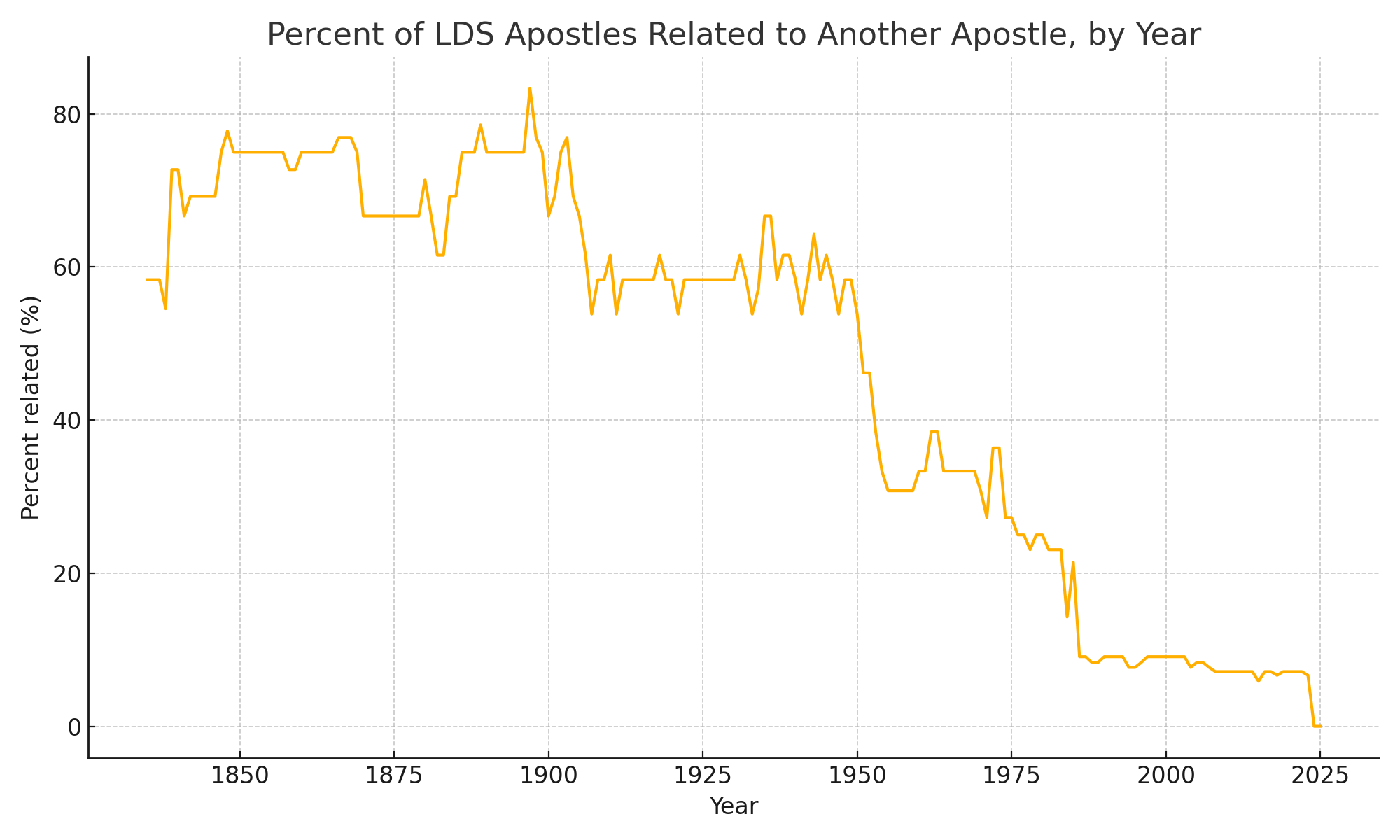
The latest big AI breakthrough is AI agents, or AI bots that can do the kind of mundane Googling-and-fill-out-spreadsheet work that interns typically do. Like all AI you have to check it but still, this is in the category of possibly reducing mundanities so that people can focus on more creative work. I switched back to GPT after apostatizing to Google Gemini for a few months, so I have access to a certain number of these agent requests every month. To test it out, I had it do something I’ve had my list for a while. My prompt: I want… Read More
-
•
•
8 responses
Returning to the series I was working on earlier this year about canonization, I wanted to discuss why it sometimes isn’t the best idea to canonize documents. Part 1 of the series discussed the process by which canonization occurs in the Church of Jesus Christ of Latter-day Saints, while Part 2 discussed some documents that could possibly be canonized in the future. While I generally feel like more documents could and should be canonized, I also recognize that there are legitimate reasons to be hesitant about expanding the scriptural canon. Read More
-
Come Follow Me Currculum, Doctrine and Covenants, Latter-day Saint Thought, Poetry, SS Lesson – Doctrine and Covenants
•
•

Perhaps the most memorable verse in D&C 88 is 119, which establishes the ‘School of the Prophets’ and encourages our cultural orientation towards education: “Organize yourselves; prepare every needful thing; and establish a house, even a house of prayer, a house of fasting, a house of faith, a house of learning, a house of glory, a house of order, a house of God.” Kirtland’s ‘School of the Prophets’ was just the first of many efforts by the Church and by church members toward faithful education and education for faith.[1] Read More
-
•
•
5 responses

Since I was young an impromptu thought experiment has intermittently popped up in the back of my head that’s made me think deeply about the nature of (my) modern faith. Assume that the Church was not restored in 1830, we don’t know anything about the Book of Mormon, and in 2025 somebody knocks on your door and says that God is speaking to man again and that the person’s brother has uncovered gold plates yadda yadda. A priori the vast majority of us would not give the person the time of day and would think his brother a little loony… Read More
-
•
•
3 responses
Has anyone else seen the trailer for this movie? Couple Miles Teller and Elizabeth Olsen die and go to the afterlife and then have a problem when Olsen ALSO meets the husband who died before she married Teller. Quite the Mormon sounding dilemma! Who would have thought this Mormon conundrum was good fodder for a romcom? Read More
-
•
•
3 responses

Davis, Ryan A. “Rockin’the Regime: Mormon Missionaries, American Popular Music, and the Fading of Spanish Fascism.” Popular Music and Society 47, no. 4 (2024): 422-441. In 1972 a group of Mormon missionaries in Spain formed a band known as Los Salt Lake City. Playing primarily folk and rock music, they toured the country, gave radio and press interviews, and released two albums and an EP. Their experience is recounted and assessed in relation to the musical context of Spain at the time, including the social, religious, and political implications of the musical context. Read More
-
•
•
5 responses
If you’re interested in quotable mid-century Protestant theologians, Dietrich Bonhöffer may be more directly relevant for us today than C.S. Lewis. Bonhöffer’s 1937 book, Nachfolge, is best known for its discussion of “cheap grace,” but there’s a lot more going on. Read More
-
•
•
20 responses
In this post at the Juvenile Instructor, I shared some of the spiritual prompting I felt I had in grad school, but a really big one was the persistent prompting I felt to vote no on Proposition 8 in 2007. Throughout that year, 2007, I had this nagging spiritual feeling: “You need to understand the issue of homosexuality better than you do.” I guess nowadays we’d call that LGBT+ issues, but the prompting was something like that. I’d always seen myself as wanting to be kind to gay people and figured that such people didn’t simply choose their orientation (I… Read More
-
Come Follow Me Currculum, Doctrine and Covenants, Latter-day Saint Thought, Poetry, SS Lesson – Doctrine and Covenants
•
•
One response

What are ‘Holy Places’? What makes them holy? Are there different kinds of ‘Holy Places’? Has our understanding of ‘Holy Places’ changed over time? I suspect that most LDS Church members think of the Temple when we think of a holy place, but when pushed we might agree that the Sacred Grove is also a holy place, separate from our temples (even though the Palmyra Temple is just steps away). But even today, for most of us, the Temple is at least an hour or two away, somewhere we travel to. So, what does it mean to “Stand in Holy… Read More
-
•
•
The Utah War was a dramatic episode in the history of the antebellum western United States. One of the most remarkable records to discuss the experience of traveling west with the Utah Expedition is the memoirs of William Clark. These were recently published anew, edited and annotated by William P. MacKinnon and Kenneth L. Alford. These authors recently discussed the Utah War in an interview at the Latter-day Saint history blog, From the Desk. What follows here is a copost to the full interview. First, it’s important to note who William Clark is. William MacKinnon made sure to point out that… Read More
-
•
•
6 responses
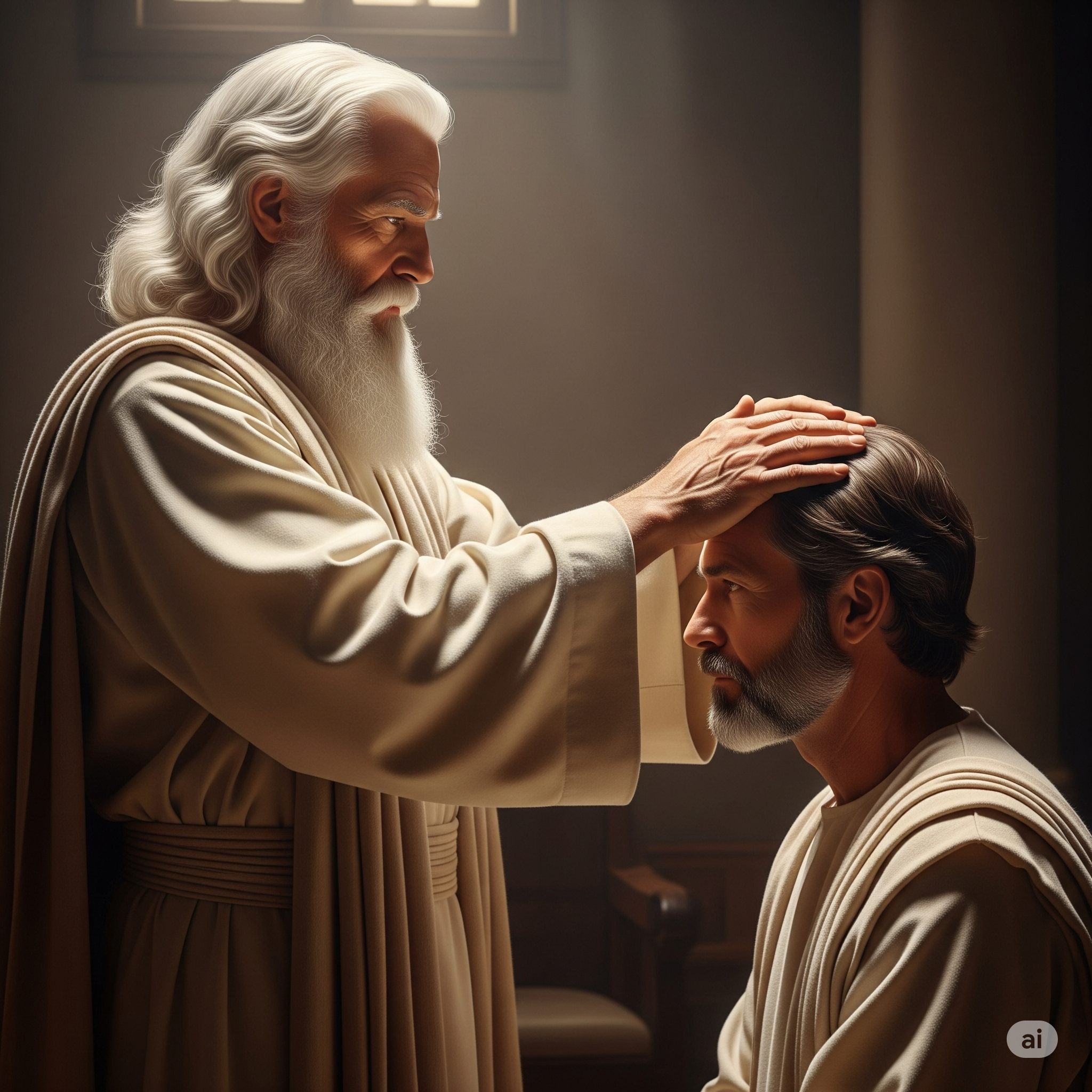
Patriarchal blessings are an up-close-and-personal example of exercising faith even in cases where there is a possibility of disconfirmation. Of generally trusting in something while reserving for some possibility that it might be wrong, or at least very different from your expectations. Of course, there are different “outs” for patriarchal blessing particulars that don’t pan out. Maybe it will happen in the hereafter, maybe you didn’t do what you were supposed to do, etc. Some of these are valid and I’m not dismissing them. But a priori I would be surprised if, out of the thousands if not millions of… Read More
-
•
•
14 responses
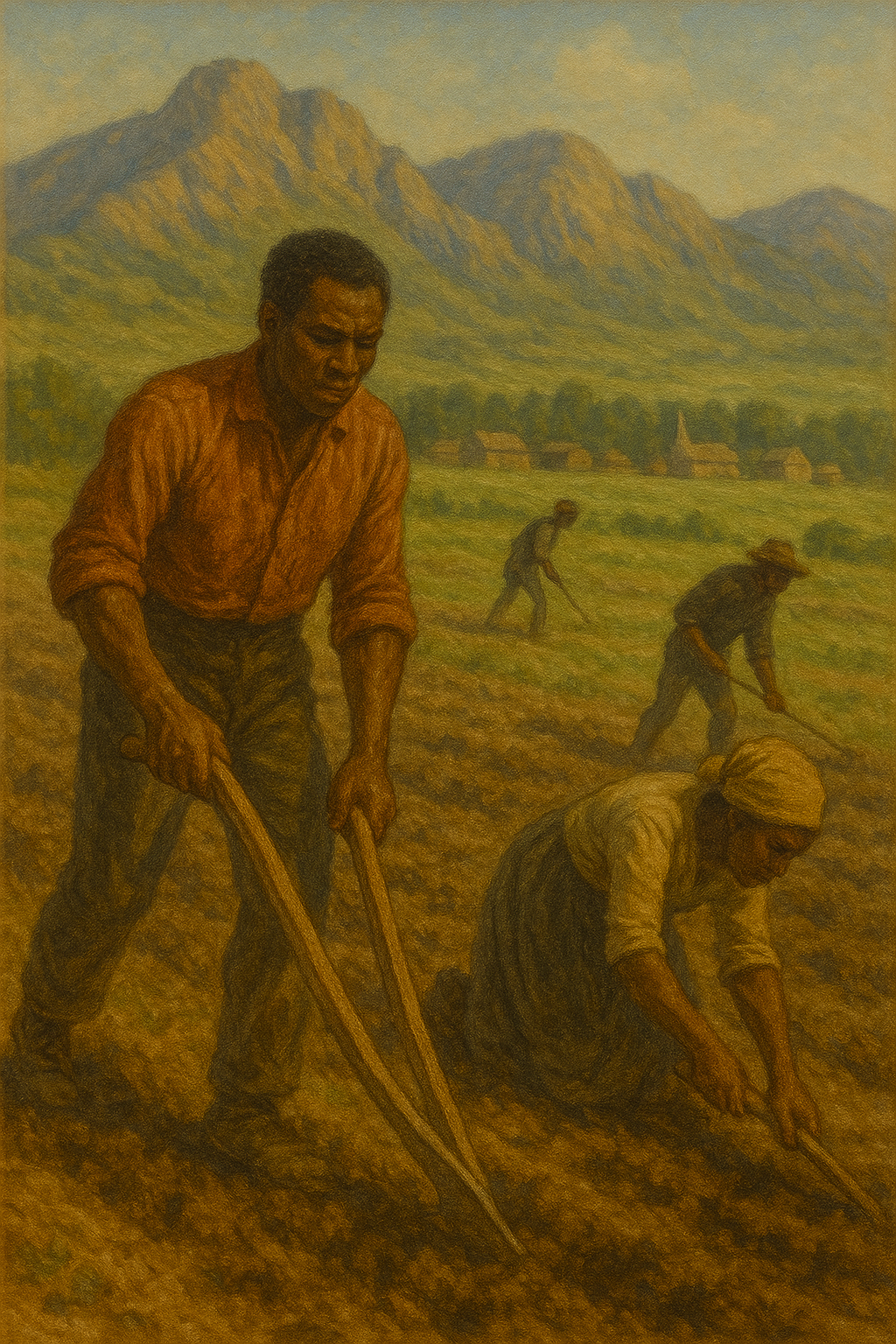
It’s a black mark on our history that early Utah allowed slavery. Other people more informed than I have more detail on the people involved and legal details (This Abominable Slavery is on my to-read list, but I haven’t gotten to it yet), but I was curious about where Utah stood relative to other states. In 1850 and 1860 the US Census asked households whether they had any slaves, so I ran a weighted crosstab on % households with slaves. In 1850 the census reported on 37 states. Of those 19 reported some slaves. When we rank order the states… Read More
-
•
•
7 responses
“Ye are commanded in all things to ask of God, who giveth liberally … doing all things with prayer and thanksgiving, that ye may not be seduced by evil spirits, or doctrines of devils, or the commandments of men; for some are of men, and others of devils.” (DC 46:7). Read More
-
•
•
19 responses

Guest post by Stephen Smoot Did Joseph Smith actually possess gold plates? This question has intrigued historians, skeptics, and believers ever since Joseph first described the origins of the Book of Mormon. Richard L. Bushman’s recent book, a “cultural history” of the plates, traces how they have functioned as both historical artifact and sacred symbol in Latter-day Saint religious imagination. As Bushman shows, the plates continue to captivate and perplex. Read More
-
Church History, Come Follow Me Currculum, Doctrine and Covenants, SS Lesson – Doctrine and Covenants
•
•

If the priesthood is “The Power of Godliness,” and if we are to learn how to use that power, we should probably think a lot about what the word “power” means in this context. Most of the time power is associated with the ability to control things, often including people and usually by force. But the scriptures are clear that whatever the word “power” means, it is used “only by persuasion, by long-suffering, by gentleness and meekness, and by love unfeigned” (D&C 121:41). I don’t see control and force in that description. Read More
-
•
•
11 responses
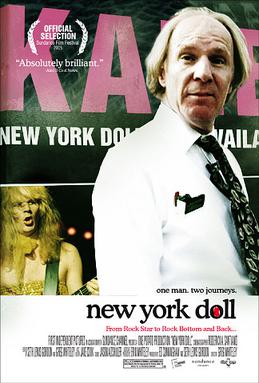
For the most part the Rotten Tomatoes score for a movie is a reasonably good heuristic for quality. In terms of my own tastes, if it scores really high on both critic and user rating it’s typically a solid film. There are of some biases of course. IMHO movies in the older canon have inflated RT ratings, movies dealing with social issues have inflated critic, but not user, ratings–and conversely movies that come down on the “wrong side” of a social issue (basically any Dave Chapelle piece) have artificially deflated critic ratings. Finally, starchy formulaic movies often have inflated user,… Read More
-
•
•
16 responses
“He treated my communication not only lightly, but with great contempt, saying it was all of the devil, that there were no such things as visions or revelations in these days; that all such things had ceased with the apostles, and that there would never be any more of them.” (1:21) Read More
-
•
•
2 responses

After last week I thought it might be worth the time to write a little more about the concept of agency. While it’s accepted we don’t always have agency over what happens to us (for obvious reasons), there is an idea that has become prevalent that we nevertheless have full agency over ourselves; that, no matter how hard things are, we can always choose how we respond to anything. Overall I think, (with nuance), this can be a healthy rule of thumb. Holding yourself accountable for your own life is at the heart of almost all religious teaching, and is… Read More
-
•
•
2 responses

I’m working hard on my Zerah Pulsipher biography and thought it would be fun to share a few items that I found interesting or fun. Today’s post focuses on a couple fun and relatable vignettes from early settlers in Utah and Idaho. Read More
-
•
•
One response
Guest post by Fotini Tzouveleki Life is not always sunshine and rainbows. Most of the times, things do not get your way. You might find out that your friends have been mean behind your back or that your boss is planning to fire you. However, there are ways to build resilience so strong, it can get you through the toughest of times. The only thing you need to do is to find a release. Something that you can transfer all your pain and turn it into something practical. This article serves as a guide, a how to manuscript in order… Read More
-
•
•
10 responses

For the uninitiated, tier lists have become a fashionable way to rank order items, running from F tier to S tier (“super,” above A tier). Sometimes going up to S plus. I watch a lot of weight lifting YouTube videos, and it seems like every fitness influencer has done one of these for best exercises, but it’s used in virtually any other context where something can be rank ordered. Here I’m largely borrowing from the Substack writer Bentham’s Bulldog and his own tier list about arguments for the existence of God, but my rank ordering departs from his in some… Read More
-
•
•
4 responses
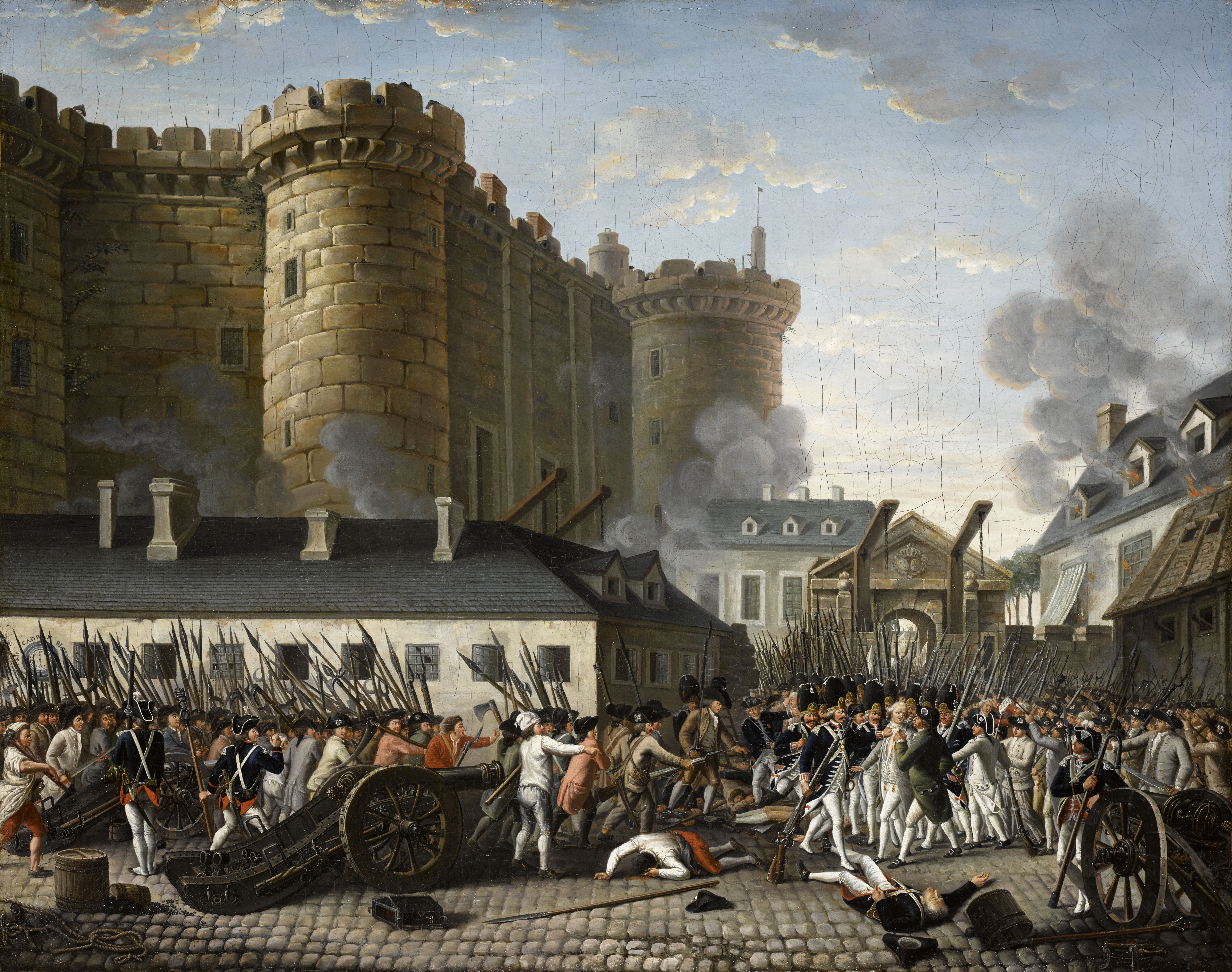
Happy Bastille Day! You may not think Bastille Day is important for Americans, given that it is a celebration of an event early in the French Revolution, the storming of the Bastille in 1789. But since the day is a kind of celebration of freedom and since the subsequent revolution has become a kind of template for revolutions since that time, we might think about what it means for us today. Read More
